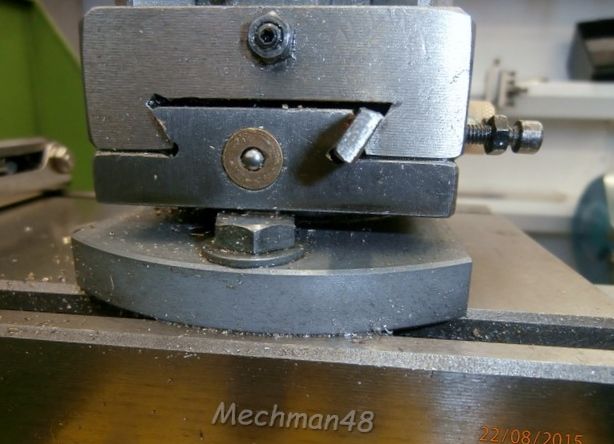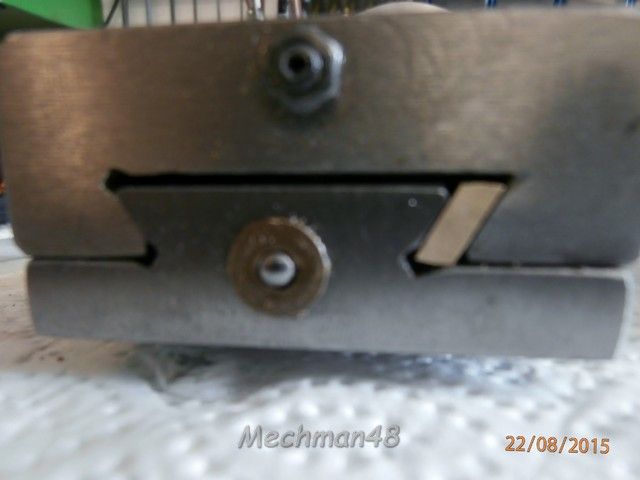As John said plus the pointy gib screws often have to engage with matching dimples on the inner side of the gib strip. Thus the parallelogram has to be the right way round and aligned so the screws fit properly into the dimples before tightening up. The dimples prevent the gib strip sliding and help transfer screw pressure evenly on to the bearing surface.
Once the gib strip is aligned, I tighten the screws gently by hand until they just resist turning. Then adjust as described by John. It may take several attempts to get the pressure correct across the full range of travel with no tight or loose spots anywhere.
Some people have improved the gibs of Chinese lathes by polishing the running surface, or by reshaping the dimples for a better match to the screw points, or by replacing the gibs entirely with new ones made of brass. I polished the gibs on my mini-lathe and found it made no practical difference, it was OK before and after! An ML7 shouldn't need upgrading, maybe the gibs on your machine have been inexpertly replaced or are damaged. (Who knows what adventures an ML7 has had since new!)
Dave
Gordon A.






